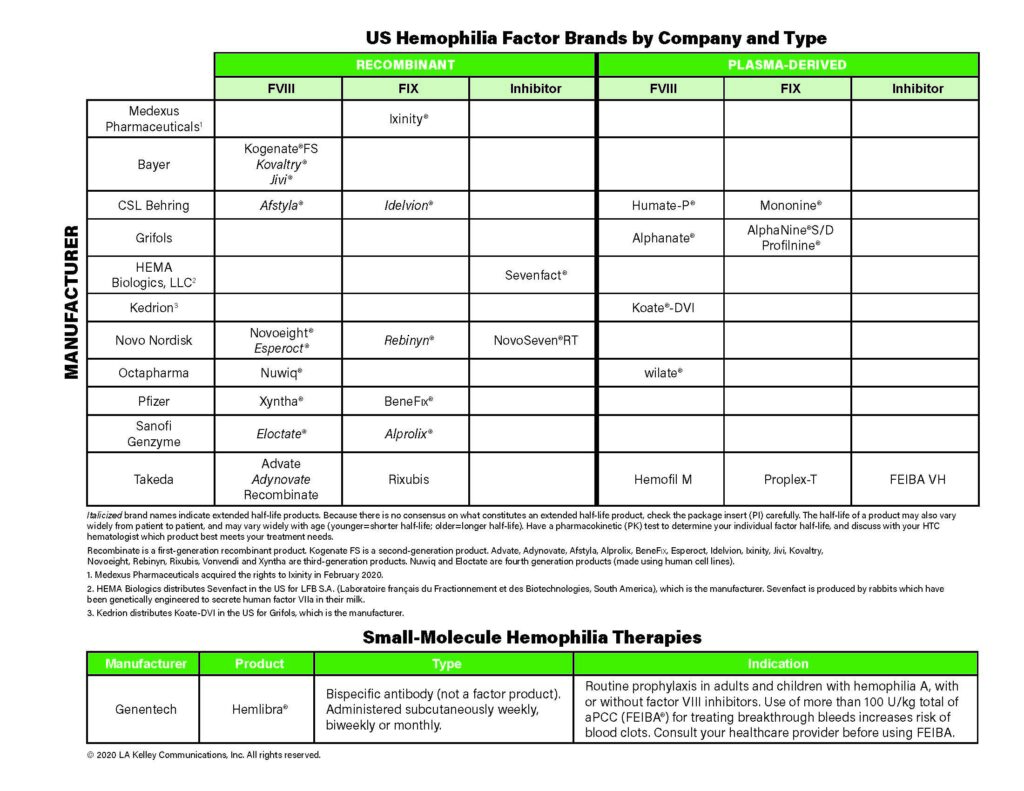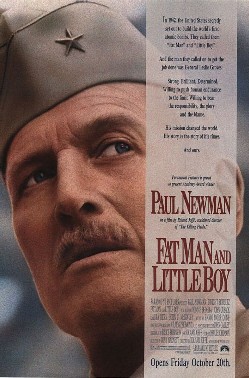Copay Help? Thanks a Lot, Payers
Just when we need financial assistance the most, as we require to use one of the highest priced drugs on earth, insurance companies (payers) are negating the benefits of the copay-assistance programs from factor manufacturers. Well, it negates the benefit to us–it does benefit the payers.
Here’s a Q&A about co-pay assistance featuring Miriam Goldstein, Director for Policy, Hemophilia Federation of America.
1. “I’ve seen on Facebook that some insurance companies won’t honor manufacturer copay assistance programs. What’s going on?”
Drug manufacturer copay assistance programs help many in the bleeding disorder community. People who live with bleeding disorders rely on medications—clotting factor or other treatments—to control bleeding and preserve their health. These drugs are essential, but expensive, and are needed on an ongoing basis. As a result, many people with bleeding disorders face the prospect of hitting their health insurance out-of-pocket maximums each year, and can reach that limit all at once with one order of factor. Yearly out-of-pocket maximums include copays, coinsurance, and deductibles, with amounts varying from plan to plan. While the Affordable Care Act (ACA) places an annual cap on cost-sharing amounts, that ceiling—in 2020, between $6,900 and $8,150 for an individual, or between $13,800 and $16,300 for a family, depending on plan type—is high, and the prospect of hitting it every year is daunting, to say the least.
Manufacturer copay assistance programs protect patients from this financial burden, and sustain their access to essential medications, by covering patients’ drug-related copay, coinsurance, and deductible expenses. Many programs will cover $12,000 and up in cost-sharing expenses per year. Eligible patients typically must have third-party commercial insurance to participate in these programs.
Unfortunately, in recent years a growing number of health insurers and pharmacy benefit managers (PBMs) have begun claiming that copay assistance programs incentivize patients to demand pricey brand name drugs instead of using more cost-effective generics. Citing the need to counter these incentives and contain costs, some health plans have been taking steps to limit the value of manufacturer copay assistance to patients—while maximizing the amount that the health plans themselves collect from those programs—through the use of “accumulator adjusters.”
2. “I’ve heard that term, but don’t know what it means. What are ‘accumulator adjusters,’ and how do they affect me?”
Accumulator adjuster programs are used by health insurance plans to limit the value of manufacturer copay assistance programs. When an accumulator is in place, the health plan accepts the manufacturer copay assistance—which is supposed to pay for the patient’s out-of-pocket drug costs—but then doesn’t credit that amount toward the patient’s deductible or out-of-pocket maximum. The health plan draws down the full value of the copay assistance as prescriptions are filled; but then it “adjusts” or resets what is credited to the patient’s cost-sharing obligations back to zero. As a result, a person with a bleeding disorder will still have to personally pay deductibles, copays, and other out-of-pocket expenses, up to the yearly out-of-pocket maximum. At the same time, the health plan appropriates the full amount of the copay assistance—assistance that was supposed to help the patient!
Accumulators leave bleeding disorder patients in a tough financial bind. If this happens to you, please check out the options listed in Hemophilia Federation of America’s (HFA) online Resource Library.1 You may be able to get financial help with your copays from a third-party, charitable nonprofit patient assistance fund.2 Health plans sometimes will not apply accumulators to copay assistance provided by charitable organizations,and will still credit the charitable assistance to patient deductibles and out-of-pocket maximums.
HFA is working with other patient advocacy groups to educate health plans and PBMs about the dangers of accumulators. We urged federal regulators to ban the use of accumulators, where patients don’t have the option to choose a generic drug (as is the case with bleeding disorder patients). Unfortunately, the US Department of Health and Human Services (HHS) rejected this request. In May 2020, HHS finalized a rule3 that allows health insurers to continue using accumulator adjusters for the coming plan year.
HFA and allied groups will continue to advocate for federal and state policies that prioritize patient access to their prescription medications. In the meantime, we need to hear from you! If you learn that your copay assistance will no longer be credited toward your deductible or out-of-pocket maximum, please share your story with HFA’s Project CALLS.4 Collecting data on the impact of accumulators allows us to make a case for change when we ask lawmakers to take action to protect patients from these harmful health plan tactics.
Miriam Goldstein is director for policy at Hemophilia Federation of America, where her work includes monitoring and analyzing federal legislation and regulations impacting patient access to care; insurance, Medicaid, and Medicare issues; and blood and product safety. Miriam lives in Arlington, Virginia, and is the mother of two adult sons with hemophilia.
1. hemophiliafed.org/resource-library/additional-resources/navigating-patient-assistance-programs
2. Patient assistance funds that offer financial assistance to eligible bleeding disorder patients include the Assistance Fund, Patient Access Network (PAN) Foundation, and Patient Services, Inc. (PSI).
3. US Dep’t of Health and Human Services, Notice of Benefit and Payment Parameters for 2021, 85 Fed. Reg. 29164 (May 14, 2020).
4. projectcalls.org




